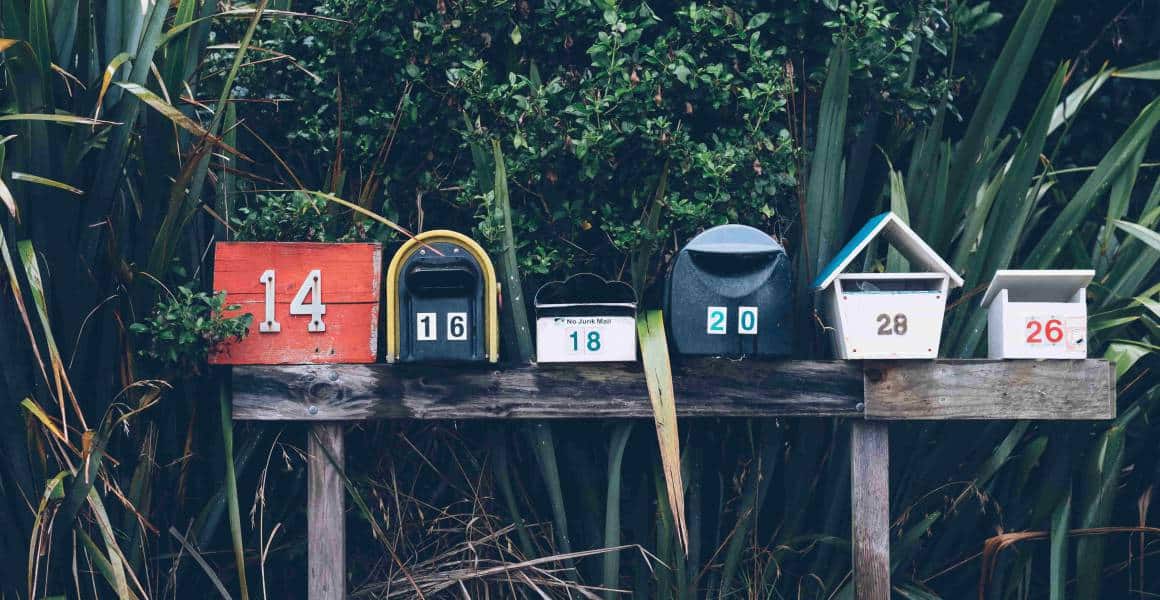
How to Log In to Multiple Email Asana Accounts
It's time to get smarter about the way you use Asana. Kick the log-in, log-out, and log-back-in process to the curb and scale up your productivity by merging all your Asana accounts.

It's time to get smarter about the way you use Asana. Kick the log-in, log-out, and log-back-in process to the curb and scale up your productivity by merging all your Asana accounts.

When it comes to popular task management platforms, Asana is fairly high on the list. For most teams, Asana is the go-to productivity platform used to supplement every single project; while for others, it serves as the catch-all platform for tasks that don’t call for a specialized software or system. But regardless of if you’re an avid user of Asana or you’re just getting started with it, this article is for you.

There’s a running joke around the Shift office that everyone is always productive—except when they’re not. haha. No, but seriously, unproductivity happens to the best of us. So, to better understand the root causes of our team’s (rare) unproductiveness, we took a poll. Can you guess what the biggest culprit ended up being? Yep, email. But not just email in general. Specifically, the inbox.

I’m willing to bet any amount of money (okay, $20 at most) that “Be more productive” was somewhere on your list of new year’s resolutions for 2018. Honestly, it’s the type of resolution that ends up on nearly everybody’s list, almost every single year. So why is productivity one of those things that we seem to be forever chasing, but never able to truly achieve?

Emojis are life! Literally. Anyone who begs to differ clearly isn’t aware that emoji users around the world manage to share upwards of 6 billion emojis per day. That’s a lot of emoji power. The quiet strength of these everybody-friendly picture characters lies in their multifunctionality. Not to mention, they’re super relatable and relative to the human experience.

2018 is almost here, and let’s face it, there is a lot of pressure to set goals—or at least attempt to. While personal and professional motivations for goal-setting vary, the data shows us that they tend to work, when done right. In fact, when we are thoughtful about the way we set goals, we thrive on the motivation they provide.

Finding simple, but useful ways to stay completely focused on your non-email tasks when your inbox is dinging every few minutes can seem like a challenge. When you feel like you’ve run out of hope in finding best ways to balance your email sanity, remember that there may be a couple more aces in the deck. And those aces go by the names of Shift 2.0 Notification Muting and Gmail Vacation Responder.

Email has become something we all take for granted. Not too long ago, we used to ask people if they had an email address. Today we just assume everyone has at least one. When someone needs to get in touch with you, they’re more likely to ask you for your email address than your phone number.

When Google released Gmail, it changed the way people use email. It was the first web-based email system to break out of the mold set by the desktop email clients that came before. Beginning as a sort of secret club that you had to be invited to, it took off right from the start. Not only was Gmail faster, with a much more advanced and easier to use interface, the way Gmail handled and sorted email was a giant leap ahead. Gmail left behind the hard to follow, chronological lists of messages and sorted everything into nice, neat, individual conversations. Many people didn’t realize at the time just how revolutionary this change was.